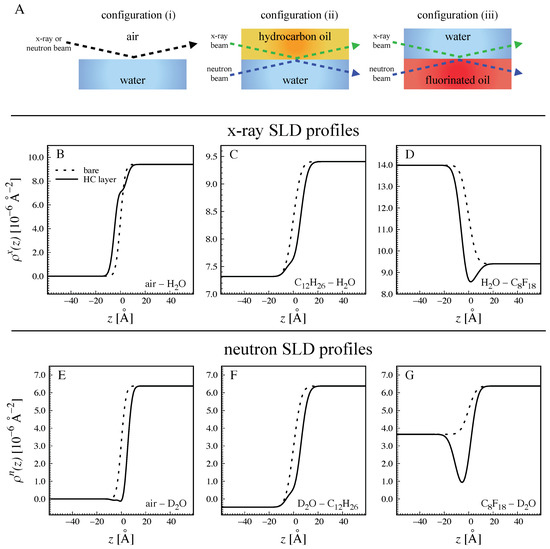

A number of studies have shown that both Tweens improve the colloidal stability of proteins in an aqueous environment and avoid the formation of protein particles (Carpenter and Manning 2002 Garidel et al. Especially Tween 20 and 80 are commonly used as co-solutes of therapeutic drugs due to the good tolerance of these two surfactants as parenteral excipients (Gervasi et al. Tweens are non-ionic surfactants which are widely used as co-solutes in various industrial applications, for example in the food industry as emulsifiers, or in pharmaceutical science to stabilise proteins. Tween 80 reached significant lower surface pressures than Tween 20, which led to an incomplete displacement of the observed HSA film. The adsorption kinetics of both Tweens and the speed of protein displacement increased with rising surfactant concentration. Comparing the impact of both surfactants, we found that Tween 20 adsorbed faster to the protein film than Tween 80. IRRA-spectra supported the finding that at high protein concentration in the sub-phase, the protein film could not be completely displaced by the surfactants. With increasing concentration of Tween in the sub-phase, BAM images showed the formation of different domain morphologies. The results for the displacement of the adsorbed HSA films by Tweens 20 and 80 can partially be understood on the basis of an orogenic displacement mechanism, which depends on the critical surface pressure of the adsorbed protein film. As a model protein, human serum albumin (HSA) was used. To this end, the impact of both types of Tweens with regard to the displacement of the protein from the air–water interface was studied. To elucidate the mechanism by which Tween 20 and 80 stabilise proteins in aqueous solutions, either by a “direct” protein to surfactant interaction and/or by an interaction with the protein film at the air–water interface, we used spectroscopic (Infrared Reflection Absorption Spectroscopy, IRRAS) and microscopic techniques (Brewster Angle Microscopy, BAM) in combination with surface pressure measurements. Tween (polysorbate) 20 and 80 are surfactants used for the development of parenteral protein drugs, due to their beneficial safety profile and stabilisation properties.


 0 kommentar(er)
0 kommentar(er)
